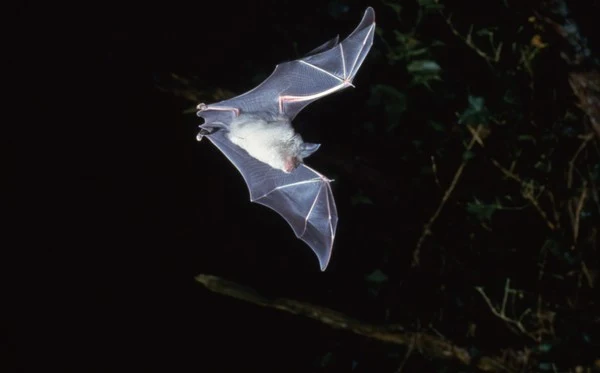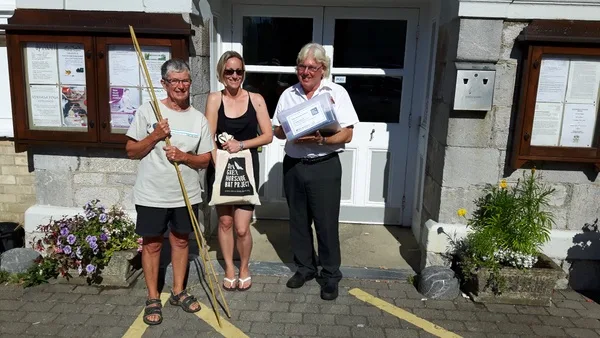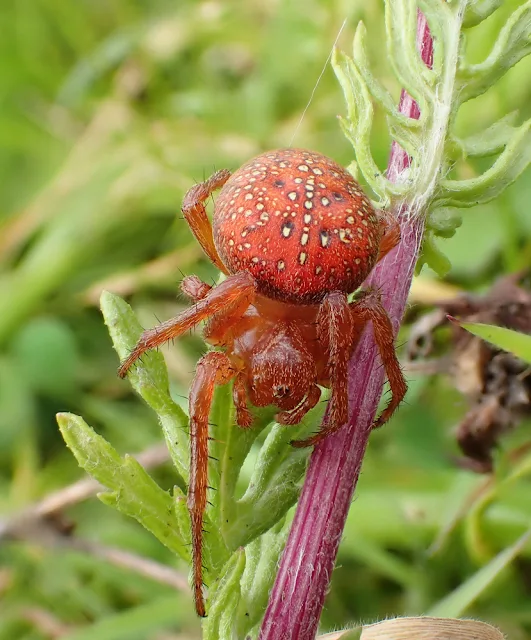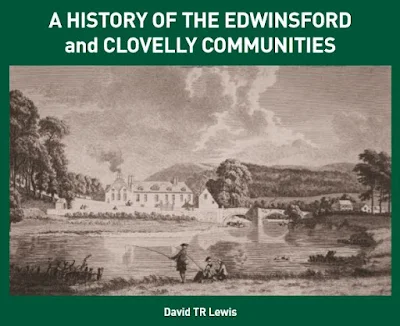Hundreds of people in Devon have surveyed their gardens for bats this
summer as part of the Devon Greater Horseshoe Bat Project.
The 2017 Devon Bat Survey has been the biggest yet with 600 unique
locations surveyed, from Seaton to Plymouth and Salcombe to Combe
Martin. Participants in the survey - which this year runs until the end
of October - collect their bat detector and ultrasonic microphone from
one of 20 monitoring centres across Devon, including shops, garden
centres and community hubs.
Each survey takes place over three nights - so there have been a total
of 1,800 nights of bat detecting in Devon gardens this summer. So far
that has required more than 2,700 hours of volunteer time in collecting
and deploying the bat detectors.
And this survey effort has resulted in more than half a million sound
files recording the nocturnal noises - including those of echo-locating
bats in flight - in Devon gardens since April.
These files are being analysed to produce a report for each garden
showing which of Devon's sixteen bat species has been recorded. Bat
surveyors from early in the season have already had their reports, which
take around a month for project staff and volunteers to complete.
Devon's landscapes supported thriving bat populations for centuries
until some species suffered serious declines in the last few decades.
Monitoring bat activity is an important tool in bat conservation, but
there are still many gaps in our knowledge of what species are present
in different parts of Devon.
Ruth Testa, manager of the Devon Wildlife Trust-led Devon Greater
Horseshoe Bat Project said: "The Devon Bat Survey is so important in
helping to increase our understanding of how all bats, not just the
greater horseshoe, are using our landscape. By doing it in a way that
involves members of the general public, it means that more people become
aware of bats around them, raising the profile of these fascinating
mammals".
Taking part in the Devon Bat Survey has proved a hit with wildlife
lovers in Devon. After receiving the report from their garden, one
participant at Goodrington, near Paignton, said: "We are most excited to
hear that we have so many different bats in the area. We will most
definitely be keeping an eye out for them!"
And receiving survey results has even inspired a little friendly
competition among the volunteer surveyors, keen to see whether they can
match the number of bat species recorded in their neighbours' gardens.
Jill Turner, owner of holiday cottages near Bideford, commented on
Facebook: "Really easy to set up the equipment, now eagerly awaiting the
report from our August survey. Others in Littleham have discovered 10+
species flying by so we are excited to discover more about our bat
population."
There are still opportunities to take part in this year's survey by booking a bat detector online at www.devonbatproject.org.
The 2017 survey runs until the end of October. The Devon Bat Survey
will return next spring and continue as part of the Devon Greater
Horseshoe Bat Project for another three years.
A report on the full results from all bat surveys across Devon in 2017 is scheduled to be available online in January.
Greater Horseshoe Bat in flight - Photo copyright Frank Greenaway (All Rights Reserved)
Collecting Devon Bat Survey materials at Chudleigh
Town Hall
Bat detector, microphone and other kit





